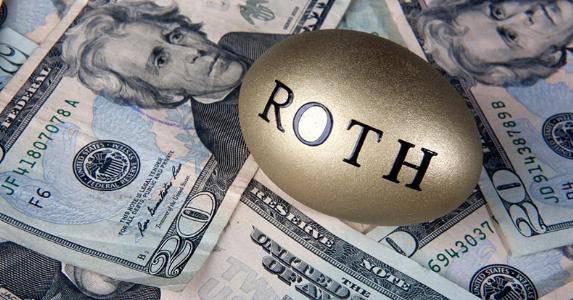Roth IRAs are powerful retirement savings tools. Account owners are allowed to take tax-free distributions in retirement and can avoid paying taxes on investment growth. There’s little downside to a Roth IRA, according to a recent article “10 Reasons to Save for Retirement in a Roth IRA” from U.S. News & World Report.
Taxes are paid in advance on a Roth IRA. Therefore, if you are in a low tax bracket now and may be in a higher bracket later, or if tax rates increase, you’ve already paid those taxes. Another plus: all your Roth IRA funds are available to you in retirement, unlike a traditional IRA when you have to pay income tax on every withdrawal.
Roth IRA distributions taken after age 59 ½ from accounts at least five years old are tax free. Every withdrawal taken from a traditional IRA is treated like income and, like income, is subject to taxes.
When comparing the two, compare your current tax rate to what you expect your tax rate to be once you’ve retired. You can also save in both types of accounts in the same year, if you’re not sure about future tax rates.
Roth IRA accounts also let you keep investment gains, because you don’t pay income tax on investment gains or earned interest.
Roth IRAs have greater flexibility. Traditional IRA account owners are required to take Required Minimum Distributions (RMDs) from an IRA every year after age 72. If you forget to take a distribution, there’s a 50% tax penalty. You also have to pay taxes on the withdrawal. Roth IRAs have no withdrawal requirements during the lifetime of the original owner. Take what you need, when you need, if you need.
Roth IRAs are also more flexible before retirement. If you’re under age 59 ½ and take an early withdrawal, it’ll cost you a 10% early withdrawal penalty plus income tax. Roth early withdrawals also trigger a 10% penalty and income tax, but only on the portion of the withdrawal from investment earnings.
If your goal is to leave IRA money for heirs, Roth IRAs also have advantages. A traditional IRA account requires beneficiaries to pay taxes on any money left to them in a traditional 401(k) or IRA. However, those who inherit a Roth IRA can take tax-free withdrawals. Heirs have to take withdrawals. However, the distributions are less likely to create expensive tax situations.
Retirement savers can contribute up to $6,000 in a Roth IRA in 2022. Age 50 and up? You can make an additional $1,000 catch up contribution for a total Roth IRA contribution of $7,000.
If this sounds attractive but you’ve been using a traditional IRA, a Roth conversion is your next step. However, you will have to pay the income taxes on the amount converted. Try to make the conversion in a year when you’re in a lower tax bracket. You could also convert a small amount every year to maintain control over taxes.
Reference: U.S. News & World Report (April 11, 2022) “10 Reasons to Save for Retirement in a Roth IRA”



